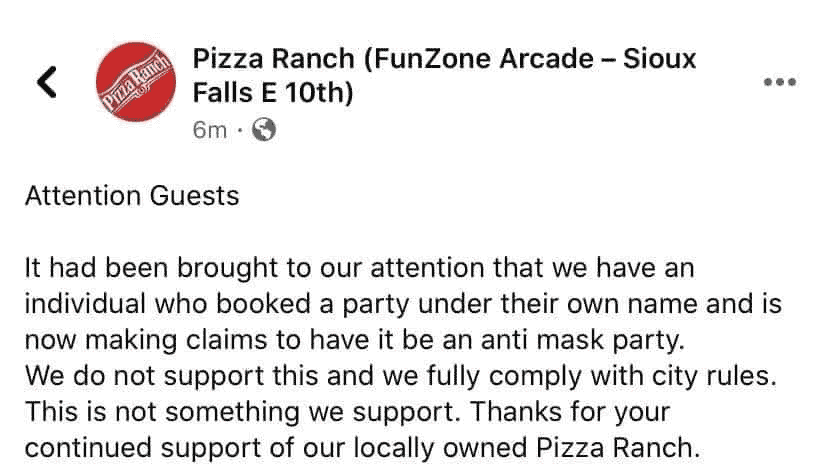Former Secretary of State sues teen pageant, protesting board coup ousting her.
Mark this down on the list of things I did not think I would be writing about on a South Dakota political blog.
Apparently Former South Dakota Secretary of State Shantel Krebs has brought a lawsuit against a teen pageant group as she protests a coup removing her from the group’s board:
A Miss America Organization board member hit a Miss America affiliate with a lawsuit in Delaware Chancery Court Thursday, alleging the organization improperly jettisoned her from its board and renamed the teen scholarship and talent offshoot after their trademark licensing negotiations went sour.
In an eight-page complaint, former South Dakota secretary of state and MAO chair Shantel Krebs accuses Crown and Scholar Inc., which was formerly known as Miss America’s Outstanding Teen Inc., of kicking her off the teen pageant’s board in violation of the nonprofit’s bylaws, which require that at least two of its board seats are filled by MAO delegates. One of those delegates must be MAO’s chair, according to the suit.
Read the tale of a teen pageant board rebellion here (registration required)






